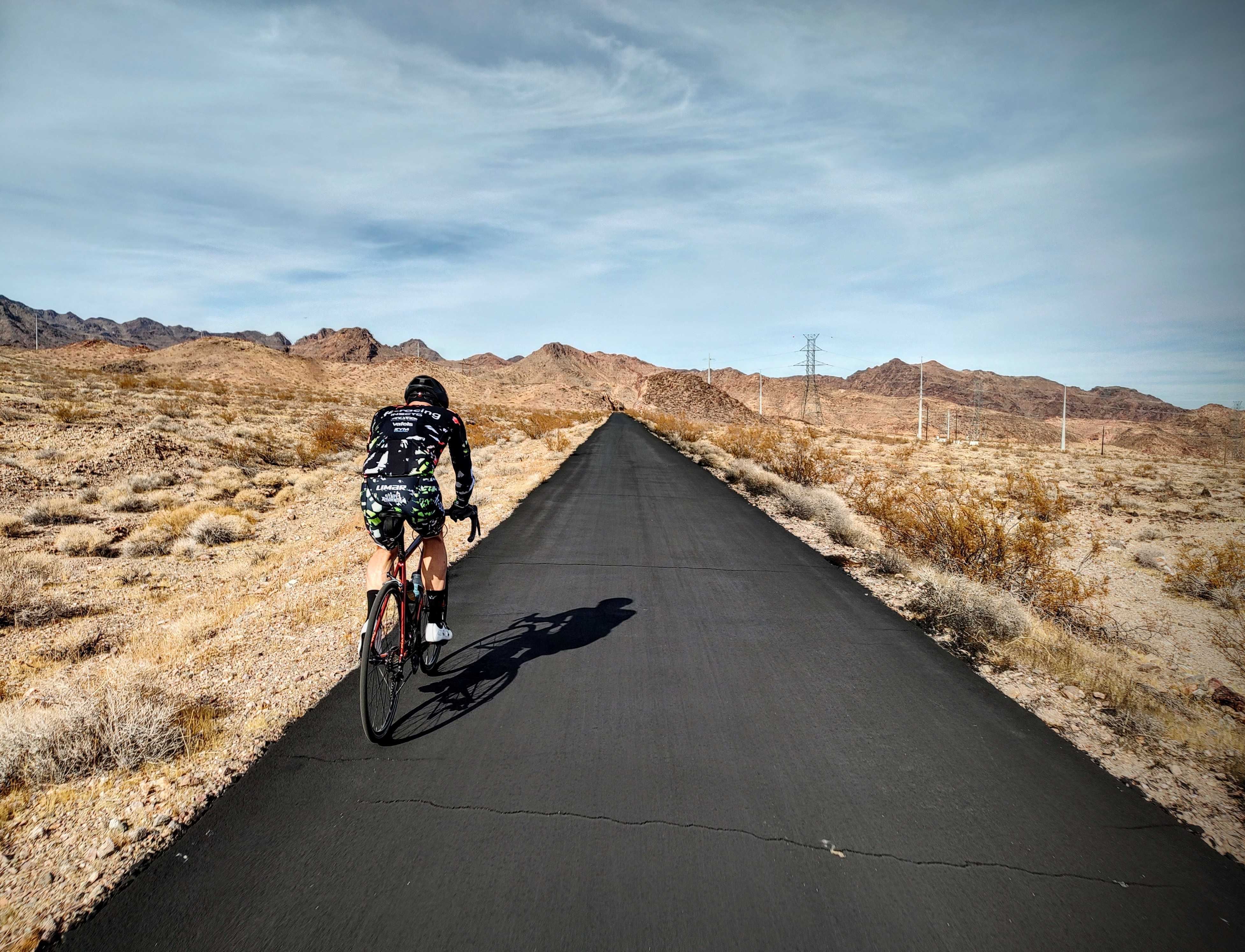Subscribe to Our Newsletter
Subscribe to our newsletter to keep up with the latest news!

Winter can be a challenging time for cyclists. Many of these cyclists face hurdles like burnout, stress, and restrictions on when and how they can train (typically due to weather). These factors can make it hard to maintain momentum and motivation. However, with the right strategies, you can not only stay on track but also build a solid foundation for the rest of the season. Here are some top tips to help you avoid burnout, reduce stress, and work effectively within training restrictions during the early season.
Cross-training is an excellent way to stay fit and refreshed during the winter. While there are many cross-training activities that translate to cycling fitness, many of the athletes on our team prefer Nordic skiing. Due to the fact that nordic skiing uses the full body, oxygen uptake is much higher, it is more effective than running at enhancing aerobic capacity and improving VO2max. It also takes the monotony out of indoor cycling sessions.
Other cross-training options include:
Running: Great for building cardiovascular endurance and strengthening lower-body muscles.
Swimming: Provides a low-impact, full-body workout while enhancing lung capacity.
Strength Training: Focus on functional movements and core stability to improve overall cycling performance.Resistance training improves pedaling economy and maximal power output. Exercises targeting glutes, hamstrings, and core reduce the risk of cycling-specific injuries.
Yoga or Pilates: Excellent for improving flexibility, balance, and mental focus.
Indoor training doesn't have to be dull or uninspiring. Virtual riding platforms such as Zwift, Training Peaks Virtual (TPV), and Perf Pro offer dynamic ways to stay engaged and focused:
Zwift: Zwift has long been a favorite among cyclists for its engaging racing and social features.While racing on Zwift has become more diluted due to Zwift Racing league and the large number of events, many riders still find value in its workout and group ride features. These allow you to train with purpose while enjoying the interactive environment.
Training Peaks Virtual (TPV): If you have a premium Training Peaks account, TPV is a seamless way to execute structured workouts. Coaches can create tailored workout plans using the Training Peaks workout builder, which automatically syncs with TPV. This convenience simplifies scheduling and ensures you're adhering to your training plan. In addition to the seamless way to implement workouts, TPV also has similar features to Zwift. Group rides, races, courses, etc.
Perf Pro: For cyclists who prioritize training over visuals, Perf Pro is a reliable software option. While it lacks the gaming-style graphics of Zwift, it's highly effective for delivering structured workouts and monitoring performance metrics. Perf Pro is ideal for riders seeking a no-frills, data-driven approach to winter training.
Recovery can be a powerful tool during the winter months, particularly as you lay the foundation for early-season training. Depending on when your performance peaks are planned, prioritizing recovery ensures you're building sustainable strength and resilience. Taking a rest day when needed helps reduce burnout, enhances adaptation, and prepares your body for the demands of the upcoming season. Remember, rest is just as important as the work you put in.
To maximize recovery, incorporate tools and techniques that accelerate muscle repair and reduce inflammation. For example, our partner Hyperice offers innovative recovery solutions, such as the Normatec compression boots and Hypervolt massage guns. These tools help improve circulation, relieve muscle soreness, and speed up your body's ability to bounce back after tough workouts.
Additionally, consider integrating cold-water immersion into your recovery routine. The Pod Company, known for their high-quality ice baths, offers a practical way to embrace this technique. Regular ice baths can decrease muscle soreness, reduce inflammation, and promote overall recovery, especially after long or intense sessions.
By combining smart rest strategies with cutting-edge recovery tools like Hyperice and The Pod Company, you'll be better equipped to thrive in winter training and hit the season at full strength.
Although not always feasible, planning a mini camp in a warm location can be an excellent way to break up the monotony of winter training. You don't need to organize a full-scale training camp like the professional peloton; even a short getaway can make a difference. Consider destinations like southern Nevada, New Mexico, California, or Arizona for mild weather and great riding opportunities. Such a trip can refresh your motivation and provide a mental boost to power through the rest of winter.
Winter training doesn't have to be a chore. By incorporating cross-training, exploring various activities to keep fresh, focusing on recovery, and considering a mini camp in a warmer climate, you can keep your workouts varied, effective, and enjoyable. These strategies will not only help you overcome early-season challenges but also set the stage for a successful cycling season ahead.
Subscribe to our newsletter to keep up with the latest news!